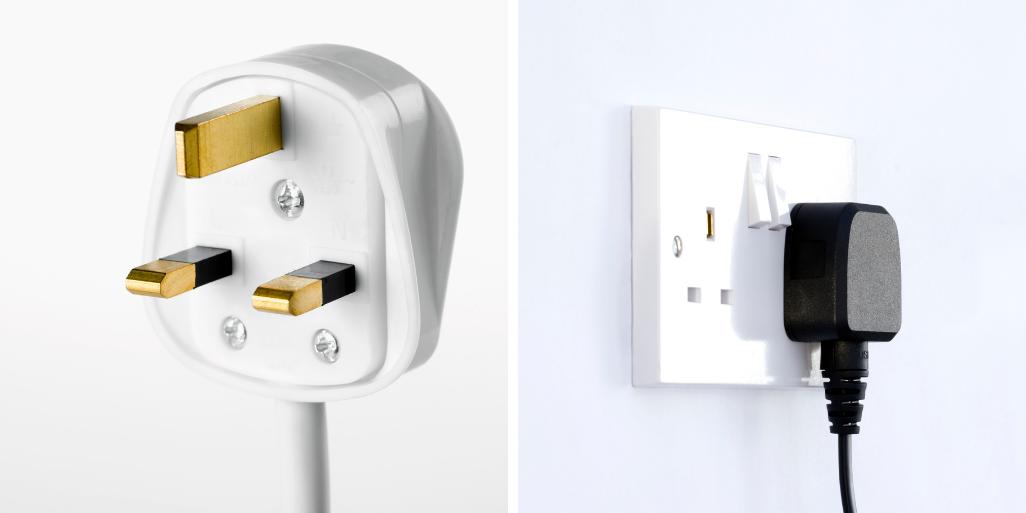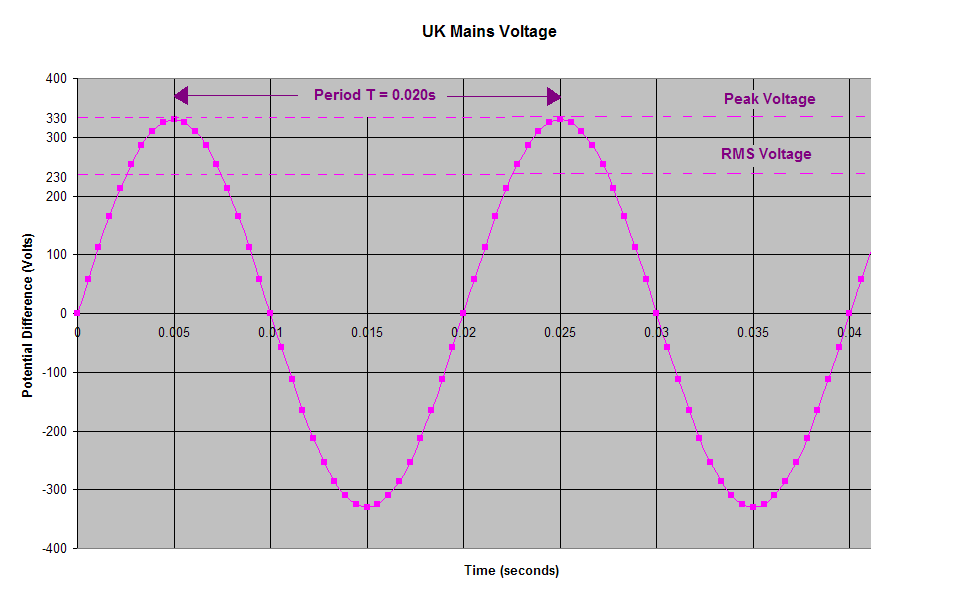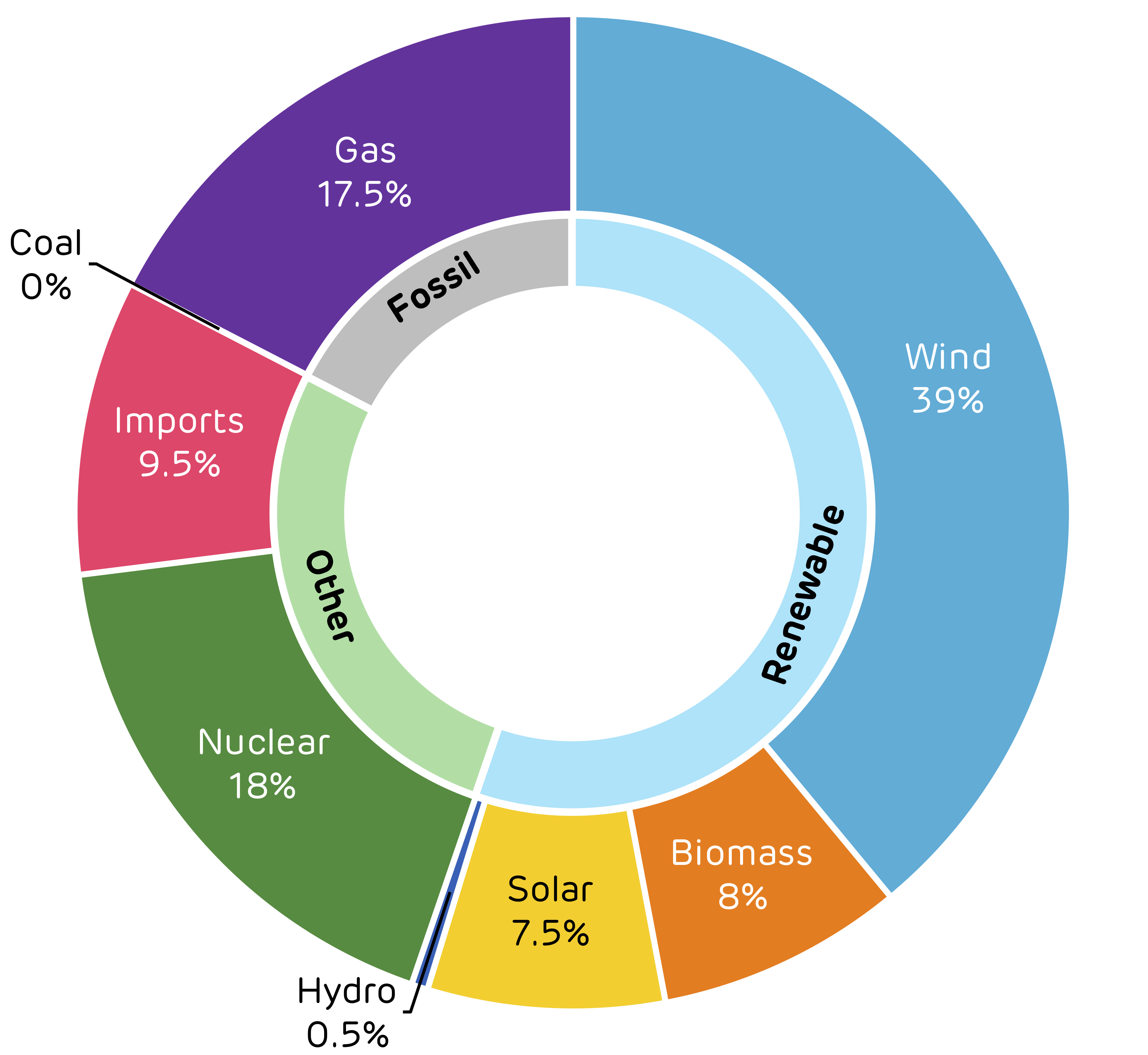Just like the rest of europe, the voltage in england is 230 volts and the frequency is 50 hz. You’ll need a power converter if you’re going to charge or use devices rated below 220v. Outside of the uk, this outlet type pretty much only exists in former british colonies such as hong kong.
Voltage in the UK (Everything you need to know)
Like the majority of countries, the frequency of the uk’s electrical grid is 50hz.
The standard voltage there is 230v, meaning appliances rated between 220 and 240v can be safely used without a voltage converter.
What is the plug for united kingdom (uk)? Before you travel, check the information below to make sure your electronic devices are compatible with the outlet type and voltage. Type g (bs 1363) voltage: Mains electricity by country includes a list of countries and territories, with the plugs, voltages and frequencies they commonly use for providing electrical power to low voltage appliances, equipment, and lighting typically found in homes and offices.
(for industrial machinery, see industrial and multiphase power plugs and sockets.) some Uk uses power plugs and sockets of type g, with a standard voltage of 230 v and a frequency of 50 hz. If your devices are compatible with these specifications, you will not need a power adapter. However, if your devices use a different plug type or are not compatible with the voltage in uk, you will need a power adapter and/or a voltage

In the uk power network, the mains electricity supply is generated by the national grid.
Different voltage classifications are essential to identify system voltages and to classify apparatus for maintenance and operation. Because you need a voltage converter as well (see below), you might want to use a combined travel adapter/voltage converter. Voltage converter needed in england? The standard voltage in england (230 v) is much higher than the voltage level your devices typically operate at in the united states (120 v).
So the type of adaptor you’ll need, if your electrical items are compatible with this voltage, is a three pin adapter. Just like the rest of europe, the voltage in the uk is 230 volts and the frequency is 50 hz. The table shows that in most countries the mains supply is between 220 and 240 volts (50 or 60 hz); The list also reveals that types a and c are the most frequently used electric plugs worldwide.

Mains electricity by country includes a list of countries and territories, with the plugs, voltages and frequencies they commonly use for providing electrical power to low voltage appliances, equipment, and lighting typically found in homes and offices.
(for industrial machinery, see industrial and multiphase power plugs and sockets.) Information and chart on voltages and frequencies (hertz) listed by country. The mains supply in the uk is an alternating current (ac) voltage at a frequency of 50 hertz (hz) and a voltage of 230 volts (v). The power input for households is ac as the national grid can
Voltage used in united kingdom is 230v and the electrical frequency is 50hz. (more details after you choose where are you plugs from.) considerations for the united kingdom. Plugs type d and m are considered old and not common. The power sockets in the united kingdom are of type g.

The standard voltage is 230 v at a frequency of 50 hz.
Check your need for a power plug (travel) adapter in the united kingdom. The power sockets in england are of type g. The standard voltage is 230 v at a frequency of 50 hz. Check your need for a power plug (travel) adapter in england.
Electricity supplies worldwide can vary from anything between 100v and 240v. It can be extremely dangerous to use an electrical appliance that is rated at a voltage different from the supply. As voltage can differ from country to country, you may need to use a voltage converter or transformer whilst in united kingdom. One of the most often asked questions is what electrical devices you can bring from the us.

The uk has a completely different electrical standard, voltage, frequency and plug type.
This website and its author(s) will not be held responsible for any accidents or lawsuits that occur from following this advice, it is not professional electrician advice. Introduction when traveling to the united kingdom or any european union countries, it's important to be aware of the differences in power adapters. The united kingdom and the european union use different types of electrical outlets and voltage, so it's essential to ensure that you have the right type of adapter to charge your devices. Manufacturers usually allow a further margin of safety and, if the voltage does occasionally fall outside these limits, there should be no adverse effect on your appliances.
This gives an allowed voltage range of 216.2 volts to 253.0 volts. You should be extra careful with high voltage appliances, such as hair dryers for example. An appliance that is dual voltage rated will typically display something like ‘input: A single voltage rated appliance will usually display just the voltage, such as 230v for
The first electric railway in great britain was volk's electric railway in brighton, a pleasure railway, which opened in 1883, still functioning to this day.the london underground began operating electric services using a fourth rail system in 1890 on the city and south london railway, now part of the london underground northern line.
Wind power contributed 15% of uk electricity generation in 2017 and 18.5% in the final quarter of 2017. Whether and which power converter you need depends on the electrical device that you want to use and its voltage.